|
In 1856, two dispirited young Germans headed to their home base in London from Lake Boga near Swan Hill, their mission declared a failure. Andreas Täger and Friedrich Spieseke had left Germany five years earlier, fired with a passion to teach the Christian faith to the Aboriginal people of Australia.
Encouraged by Governor La Trobe, a fellow member of the Moravian Brethren Church who shared the vision and set land aside at Lake Boga, they set about building a mission station to both protect and educate the Wemba Wemba people. Their ambitions were high and their spirit genuine, but many things conspired to erode their manful efforts. But were they failures? Click on Read More to hear more of the story of Lake Boga. Recently, when I attended a Cornerstone Community gathering in Swan Hill, I was privileged to witness a baptism at Lake Boga. Young men are still stepping out to take commitment to Jesus seriously .
1 Comment
If you’re like me, you’ve probably driven past dozens of solid-looking buildings in the suburbs or in remote country towns, proudly declaring themselves ‘Mechanics Institutes’, without having a clue what they were about. I was intrigued to discover they were an innovation that exploded out of Scotland in the early 19th century and spread like wildfire across the English-speaking world. When John Birkbeck advertised a free lecture on technical subjects in Edinburgh on October 16th 1821, an astonishing crowd of 450 men turned up. It’s certain he had no idea what he’d launched and that by the end of the century, all across the globe, eager workmen would flock to one of 9000 Mechanics Institutes to improve their skills as artisans. The roots for the phenomenon lay in a quiet Christian group known as the Quakers. They were driven by the idea that it was important to nurture God’s gifts in everyone and that learning should be available to all – rich and poor, girls as well as boys. I had been looking forward to visiting Echuca for a while because it’s the site of one of the greatest of Australia’s invisible faith stories. Back in the 1870’s Daniel and Janet Matthews, without support from any church or society, created a sanctuary for the suffering and hunted Aboriginal people. They called it Maloga.
Located on a beautiful bend of the Murray River, this traditional ceremonial ground saw leaders emerge from the Yorta Yorta people who learned to make the teachings of Jesus a launching pad for the civil rights movement that finally gave them recognition as citizens in their own country. Cummeragunja sits on a sweeping bend of the Murray River about 20km upstream from Echuca. It’s home to some significant chapters of the Christian experience of the Yorta Yorta people. I’ve already posted the story of the remarkable Thomas Shadrach James, who taught a generation of Aboriginal activists to ‘lead and write.’ It was good to stand in the schoolroom of that dedicated Mauritian Indian teacher who quietly helped change the course of history for the Aboriginal people. Two of his trainees - Doug and Gladys Nicholls - are buried side by side out on the sand ridge and it was an honour to pay our respects there to these two outstanding Australians. I’ve told their story on this Outback Historian website. I think these people made Cummeragunja a genuinely sacred site. Look out for more stories related to this place.
On return to Adelaide after being wounded in fighting missions over the trenches of the Western Front in World War One, Captain Harry Butler cast a vision for aviation in Australia. “The plane was great in war, but it will be greater in Peace. This…is the beginning of a new era in mail and passenger transport.” To demonstrate, in 1919, he pioneered the world’s first over-water airmail flight in his crimson Bristol MC fighter plane The Red Devil, flying from Adelaide to his hometown on the Yorke Peninsula in South Australia. It was a breathtaking achievement and he quickly drew wondering crowds to watch his daring stunt flying.
Many restless young airmen like Harry finished the war looking for further challenges. Englishman Len Daniels, who had earned his wings piloting bi-planes dubbed ‘the flying bedsteads’ with the Royal Flying Corps in Egypt, arrived in Australia in 1922, in search of a better climate and a theatre to match his passion to be an active missionary. The newly formed Bush Church Aid captured his interest. On Friday 1st August 1980, a simple three-word message broadcast on 6000 Flying Doctor transceivers sent a ripple of sadness across inland Australia. ‘Traeger is dead.’ Alfred Hermann Traeger died as he had lived - with quiet dignity behind the scenes. He shunned praise, but he has as many memorials as Nobel Prize winner and inventor of wireless telegraph, Guglielmo Marconi.
He was a revolutionary, but just didn’t know it. Painfully shy electrical mechanic Alf Traeger was working at his bench in an Adelaide workshop in June 1925, when a thin, bespectacled man burst in and asked, ‘Have you still got that generator?’ The surprised ham radio enthusiast sold his homebuilt machine to the preacher, who immediately strapped it to the side of his heavily-loaded Dodge Buckboard and set off on a rugged 2400km trek to Alice Springs. That startling moment launched of one of the most important partnerships in Australian history. In the years we lived in Bourke, we often heard warm praise from the locals for the Bush Brothers. They were an Anglican order, begun around 1900, which mobilised young men from Oxford University to tackle the tyranny of distance in the Outback. The first Australian recruit, 21 year old John Dent Martyn, caught my attention with his enthusiasm. Here is a snatch from his diary.
“The old Lizzie in which I have to travel is quite a specimen for the Museum. It is six years old, has done 76,000 miles, has been up two trees, has torpedoed one cow, has had the chassis snapped, has been bogged, I might say, hundreds of times! I have just got in tonight from a 150 mile trip. That is the shortest trip I have to do…Who wouldn’t be a Bush Brother? This district is half the size of England and just as large as the whole of Victoria." LISTEN as Paul tells more of Brother John's story. Freddie Campion was a member of the Governor’s staff, the NSW golf champion of 1895 and an athletic horseman who loved to shoot. The neglect of the spiritual health of the Western people haunted him; he returned to England to train for the ministry. February 1902 saw him disembarking from the SS RUNIC in Sydney with two other passionate young Anglican missionaries, Charles Matthews and Reuben Coverdale. They were bound for Dubbo as the nucleus of a unique band of men who were to become known across the Western plains over the next century simply as ‘the Bush Brothers’. Click READ MORE
|
AuthorJoin The Outback Historian, Paul Roe, on an unforgettable journey into Australia's Past as he follows the footprints of the Master Storyteller and uncovers unknown treasures of the nation. Archives
October 2023
Categories
All
|
|
Sponsored by
|
Privacy Policy
|
|
Copyright 2020 by The Outback Historian
|
Site powered by ABRACADABRA Learning
|

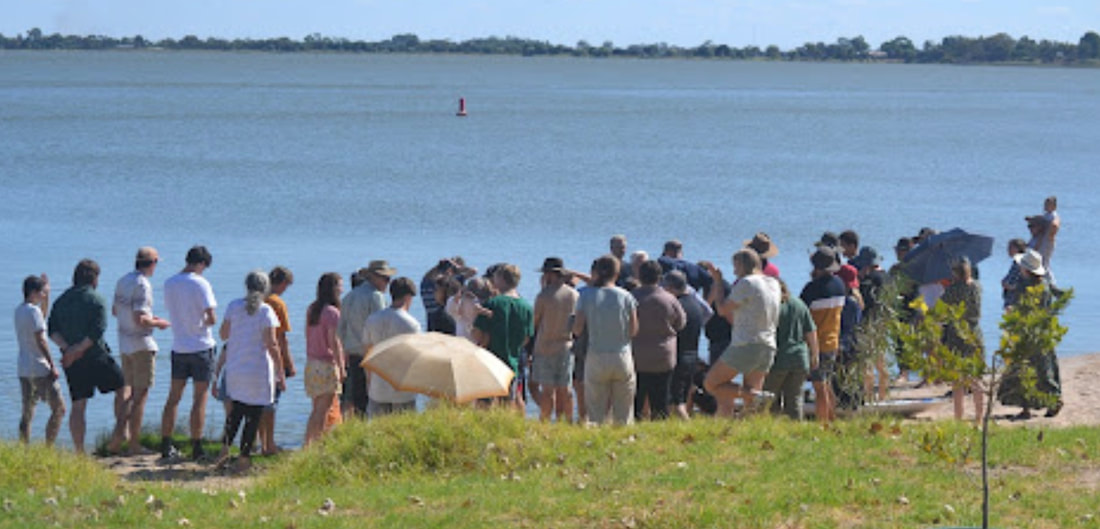
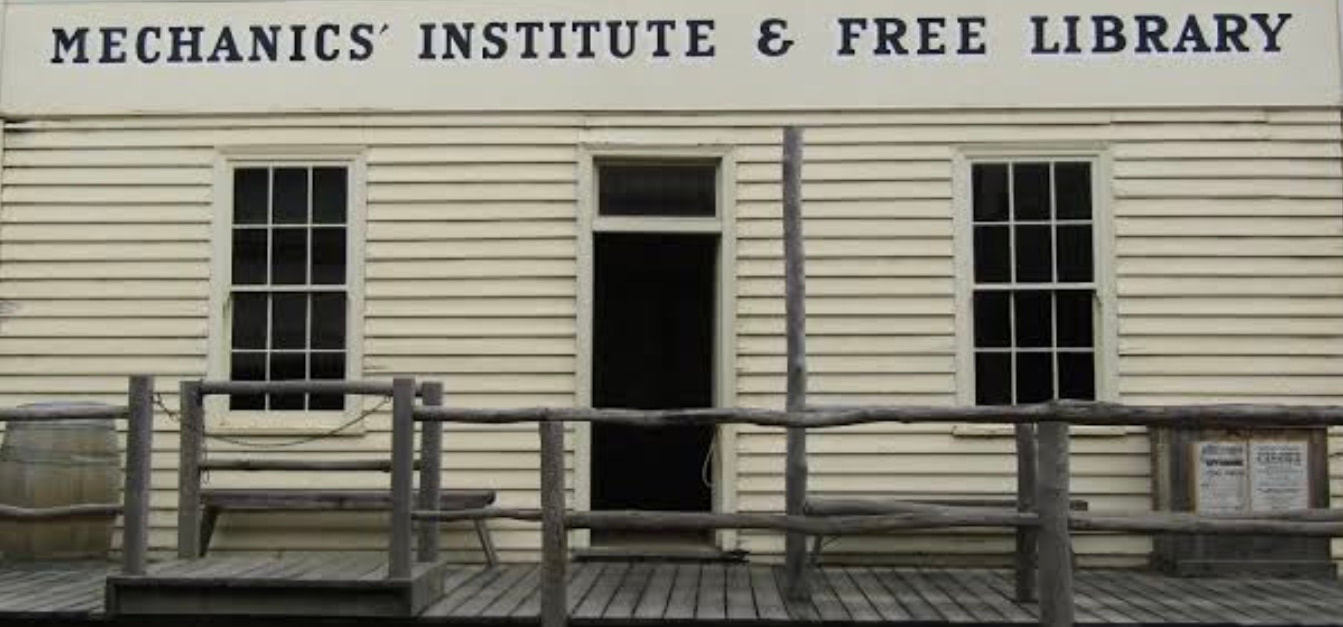
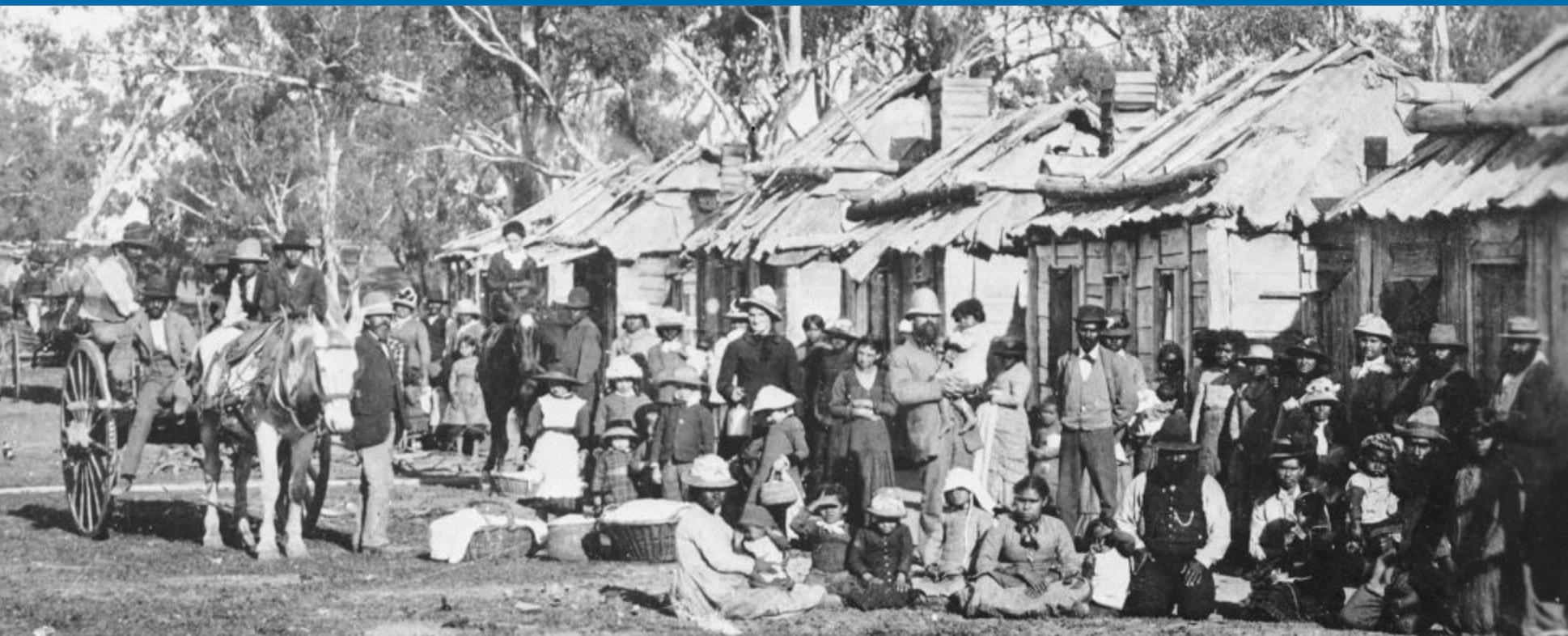
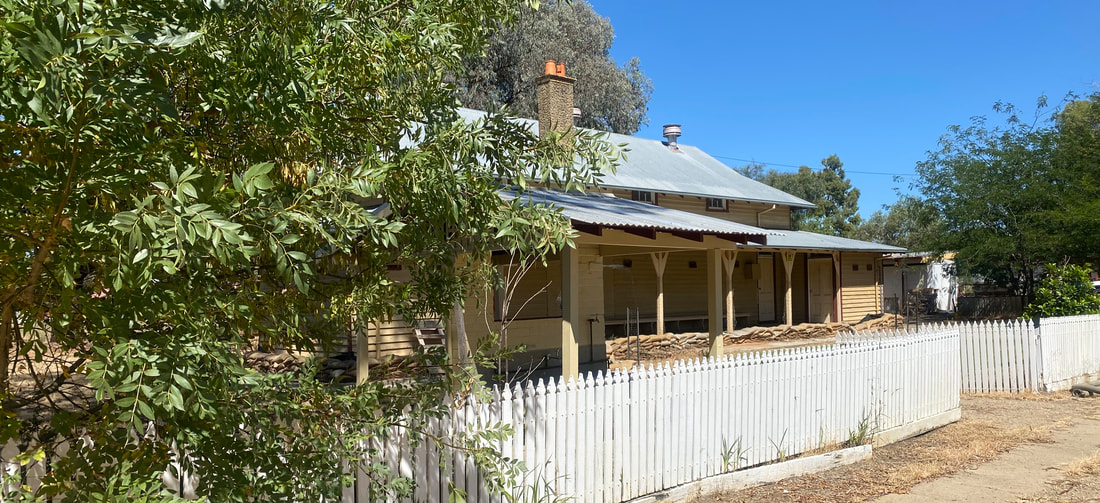
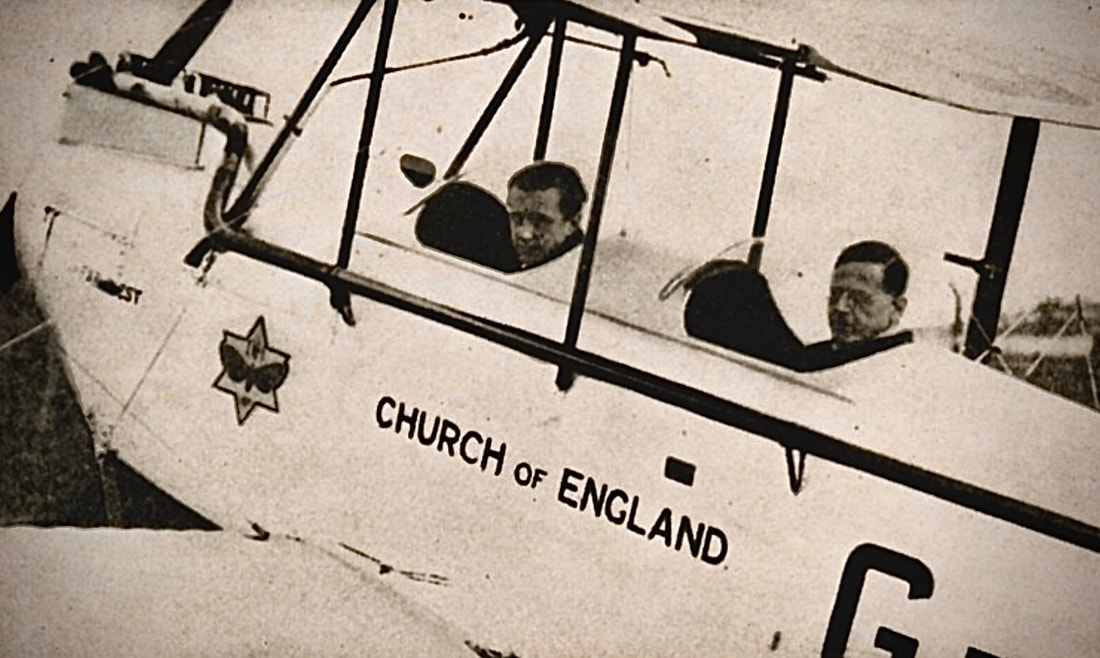
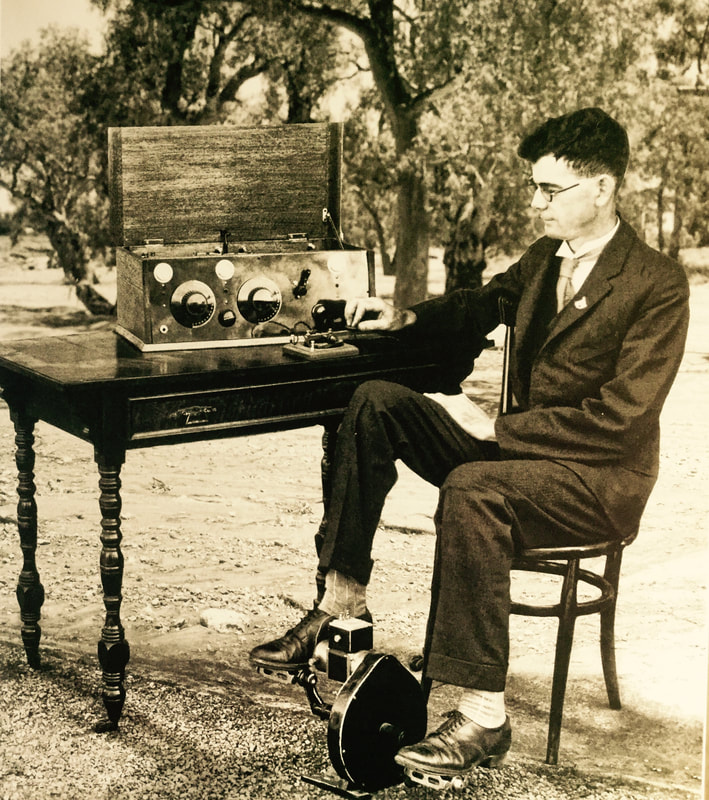
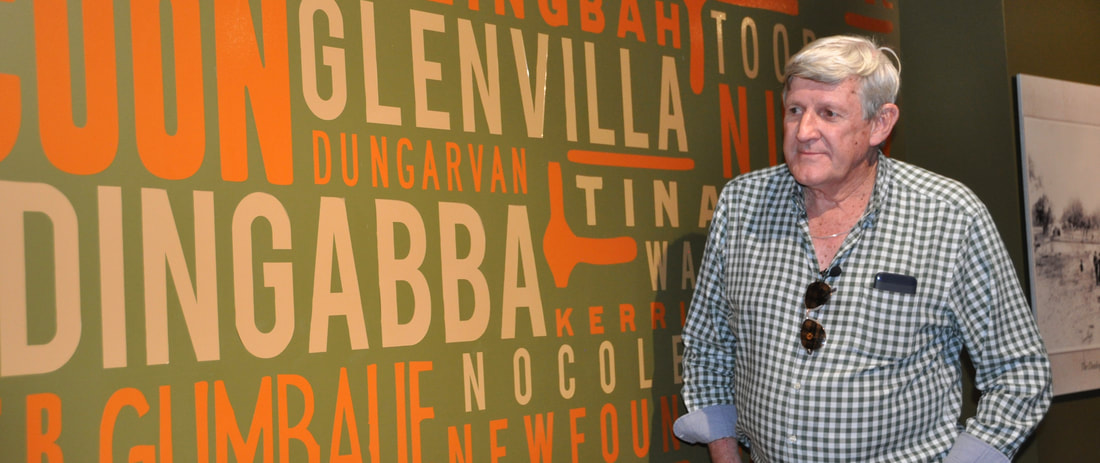
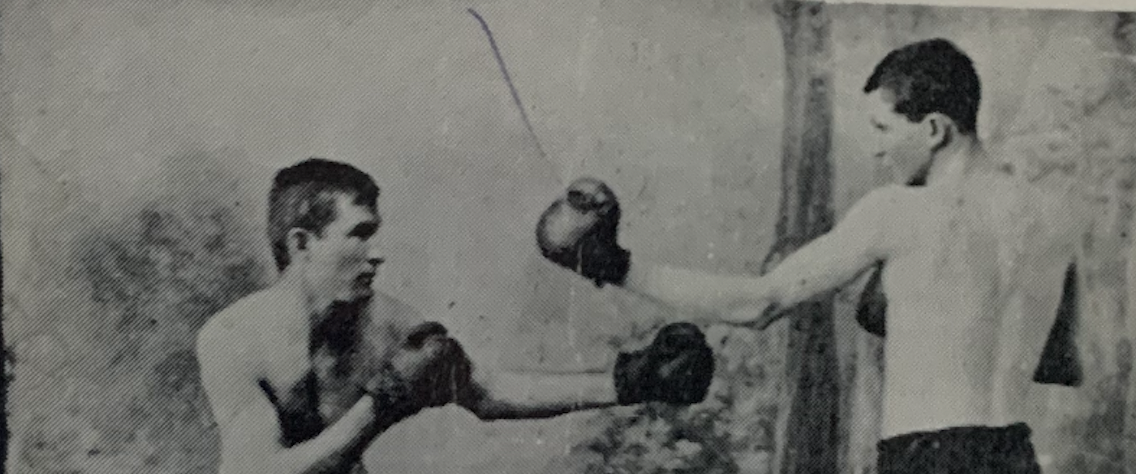
 RSS Feed
RSS Feed

